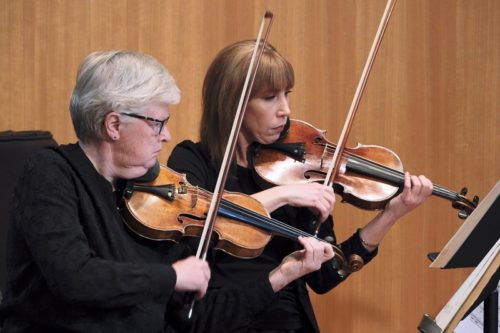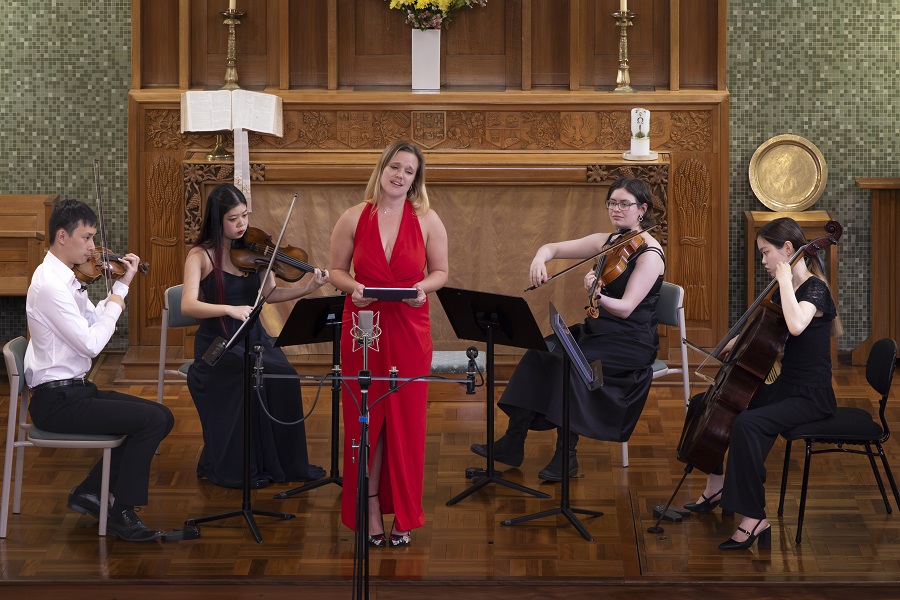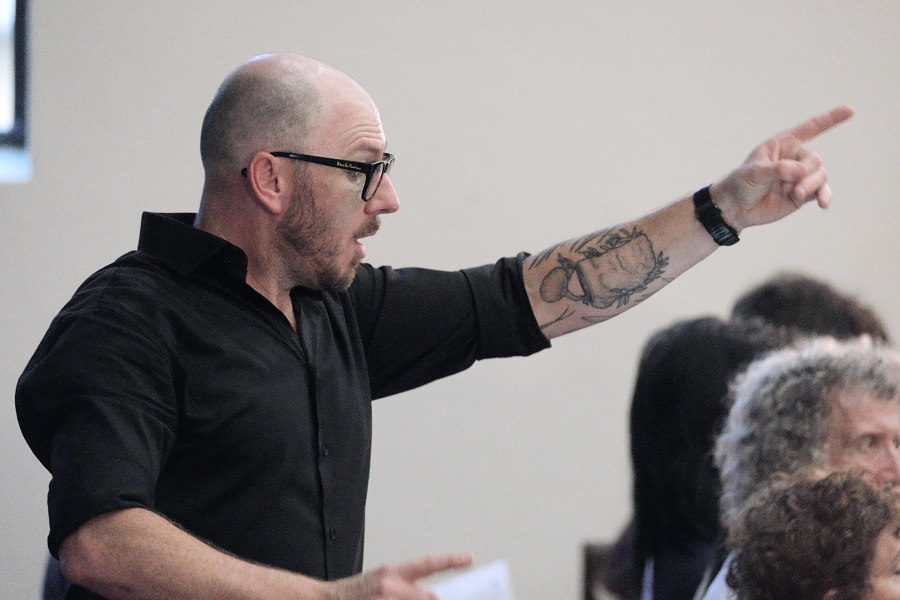
Music / “Schubert’s String Quintet in C”, Canberra Strings, directed by Barbara Jane Gilby, Wesley Music Centre, September 13. Reviewed by TONY MAGEE.
CANBERRA Strings last performed in September 2019 and one could feel the exuberance and see it in the faces of the musicians, as they prepared to play “live” again, after such a long break.
Schubert’s “String Quintet in C” is notable on many fronts.
Firstly it was written only six weeks before Schubert died – his last chamber work.
Also, it was published posthumously some 25 years after his death.
Thirdly, it is the only piece in the quintet repertoire which calls for two cellos.
Finally, there is no existing hand-written original score. The work has been drafted and pieced together by many different publishers and music scholars over the years.
Gilby and her compatriots have spent months comparing different published versions of the piece and for this concert came up with what they consider to be an authentic musical account of Schubert’s intentions.
Beginning with beautifully synchronised dynamic swells and excellent intonation, the piece sprang to life convincingly, the first movement showcasing melodic and flowing duet passages from the two cellists, Samuel Payne and Julia Janiszewski.
Later in the movement, Lucy Carrigy-Ryan on viola played complex triplet work, taken over by beautiful duet passages where she was joined by second cellist Payne.

The second movement opened with pizzicato work from first cellist, later alternating in question-answer format with first violin, also playing pizzicato.
Both the second and third movements revealed sudden musical mood changes, ranging from lively, engaging and joyful playing in a major key, to sudden dark, slow, almost menacing motives and phrases in the minor.
The viola combined with second violin played beautifully by Pip Thompson, contributed significantly to the mysterious sounds emanating from the quintet by playing on the off-beat.
All these unusual, sometimes perplexing and unpredictable characteristics have been summarised by many over the years to reflect Schubert’s own despair at what he considered his nearing and impending death.
Certainly, Canberra Strings captured the conflict of confusion and sadness interspersed with joy and happiness superbly. One could feel the human emotions of drama, struggle and particularly the uncomfortable, perhaps frightening prospect of the unknown from their playing.
The final movement bounced into life – yes “life” – with an almost Hungarian dance style of writing and playing, featuring the two cellos both in unison and fifths, adding a wonderful, solid bass foundation, supporting the exciting and exuberant playing of the viola and the two violins.
Throughout the performance, Barbara Jane Gilby on first violin led her ensemble with discreet precision and bold projection, resulting in ensemble playing of great feeling, emotion and unity.
Who can be trusted?
In a world of spin and confusion, there’s never been a more important time to support independent journalism in Canberra.
If you trust our work online and want to enforce the power of independent voices, I invite you to make a small contribution.
Every dollar of support is invested back into our journalism to help keep citynews.com.au strong and free.
Thank you,
Ian Meikle, editor




Leave a Reply